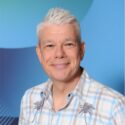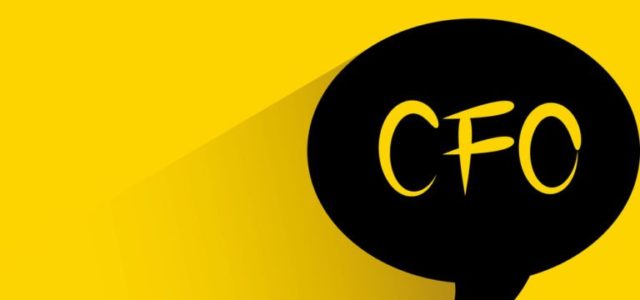Many organisations aren’t experiencing the full value that technology can deliver. This playbook introduces you to the “Why” and “How” of a modern IT operating model to overcome barriers to delivering optimised outputs from your IT infrastructure.
Contents
- Be ready and adaptable for the unknown journey
- The importance of technology
- What is an IT Operating Model?
- Enable core activities with collective agreement
- Implementing an IT Operating Model
- No room to get it wrong
- Desire to win from the top
- Delivering success
- How to orchestrate change
- Long-term success
- Why approach the start line
- Our role
Be ready and adaptable for the unknown journey
Confidence in your team
Every 4 years, lone competitors set off from the coast of France on a 24,000 nautical mile yacht race around the world – The Vendée Globe. Although the race route never changes, the conditions faced by the competitors are never same.
With the most unpredictable and extreme weather conditions to overcome, the route from the west coast of France, round the southern tip of Africa and on through the southern oceans under Australia and New Zealand to finally round Cape Horn and sail back up to the finish line in France requires both sailor and yacht to work in harmony, each aligned to the challenge and ready to push through the unknown.
Although a single person sails each yacht during the race, there are teams of experts who have worked tirelessly in the months and years leading up to the starting line, employing all their capability in a finely tuned approach to ensure the yachts will enable their skippers to follow the journey and achieve their goal.
“A Vendée Globe is like managing a business. There are schedules to respect, skills to develop, deliverables, logistics, accounting, a thousand things to prepare for and around the boat” ~ David Sineau, Team Manager Initiatives-Cœur
It’s this tried and tested operating model approach that ensures the best chance once out at sea, providing the best available technology to battle hurricane-force winds and sky-high waves. This, like many other sports, is a world in which the opportunity of technology is realized and prioritized in a better way than many “business” organisations…but it doesn’t have to be like that.
“A Vendée Globe is high technology, from the preparation to the little details, of course, it is. But it is ultimately about the human side, it is about people putting their whole hearts and minds into their roles, and with these men and women on the team it means that the skipper leaves serene and confident.” ~ Anne Le Cam, Team Yes We Cam
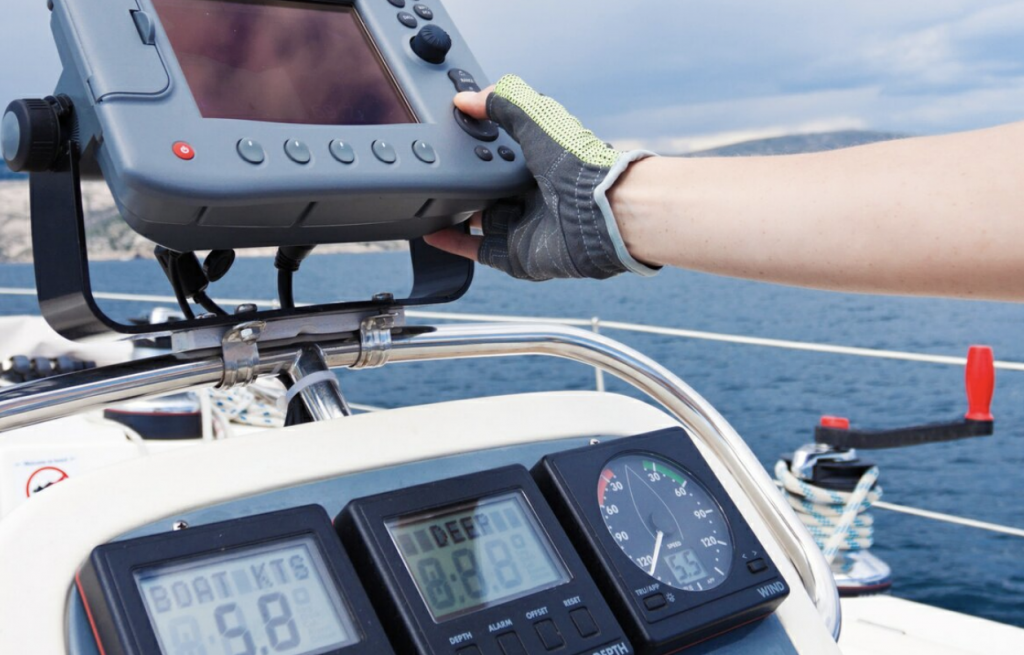
The importance of technology
No place for complacency
Having already made investments in technology to help bring improvements to different areas of your business, stakeholders will be operating with an understanding that IT systems are an essential enabler of growth and delivery, but too often this importance is forgotten or indirectly downplayed.
These investments may be relatively simple, or indeed in the more advanced, leading-edge category, but however far you’ve dipped your toe in the technology water, full potential gains are often hampered by the disconnected way in which the systems and software are selected and implemented.
With a largescale move to subscription-based SaaS models, the less than perfect relationships between functional departments and your IT team are being circumnavigated, with functional heads going direct to vendors, using OpEx budget to fund licences and implementation.
The result? The selection of disjointed point solutions that aren’t making the most out of what could be a well-orchestrated, highly secure infrastructure that underpins an efficient eco-system with connected processes. A holistic, stable solution. This is where your optimised IT Operating Model comes into play.
What is an IT Operating Model?
More than the technology
Some definitions:
An ‘Operating Model’ is the mode of working an organisation implements in order to maximise the value delivered by its people and proposition.
An ‘IT Operating Model’ is concerned with enabling the organisation to realise the greatest gains from its technology investments, with a secure and stable environment.
The outcome is not only the implementation and optimised use of technology to help maximise the performance delivered across an organisation, but also a method of working that by its very nature ensures continuous improvement, future planning and trust among stakeholders.
At the heart of success is the ability to build leaders and teams that have the capability to step away from old, restrictive modes of working and move to innovative, collaborative relationships that are clear on the need for a holistic approach to technology.
But undertaking this optimisation is no longer an option. Technology plays such a fundamental role in operations across all areas of business, that by not having a well-defined IT operating model which can keep pace with the demands of the volatile, uncertain and highly competitive marketplaces you operate in, many functions will fall short of the real potential they could deliver.
From the basics of failing to share data between departments, to wasted resources and weaknesses to cyber threats and data breaches caused by uncoordinated implementations of point solutions, your success is either negatively or positively impacted by the capability of your IT infrastructure to support the journey required by your goals.

Enable core activities with collective agreement
Positive relationships for positive outcomes
The yachts that take part in the Vendée Globe perform so well in the harshest of conditions because every single element that goes into the design and build, including the technology, has been developed by experts in their own area with total understanding of how their contribution must align and contribute to the whole build.
With capability and authority established within your IT leadership and their function, they’re able to far more effectively deliver on the core activities that align your IT infrastructure to the delivery of strategic goals. They will now be able to successfully orchestrate technology investment decisions, manage partners and suppliers, and effectively support and enhance the value extracted by teams across the business.
Many organisations are only capable of delivering on one or two of these core activities and by failing to successfully address all, they are unable to realise the full value that can be achieved. This is because it’s not until you bring them all into play together that you’re able to remove the common barriers to optimised performance.
A significant blocker to getting this right is the belief that the technology itself is the answer, whereas in reality, the people involved (IT and other functions) and their collective understanding of how the overall strategy is enabled through technology selection, management and use in a holistic fashion, is the key. Success only comes when stakeholders work together effectively.
By having this approach, which is heavily weighted towards relationships and common goals, the process of IT infrastructure planning and technology selection can continue at pace without the traditional blockers – lack of trust, uncommon goals, individual agendas and egos.
Implementing an IT Operating Model
Getting IT done
At the end of each Vendée Globe race most teams will be celebrating, some for winning but many just for successfully completing the gruelling race and the safe return of their boat’s skipper, but what the best teams will be doing is reflecting on the successes and failures from previous races, with everyone involved bringing the best of their capability to ensure both the technology used and lessons drive decision making during the next Vendée race. Getting right to the point, the preconceived beliefs of key stakeholders and outdated modes of working are the biggest blocker to success when looking to transform your IT Operating Model. You need everyone to approach the transformation with their knowledge and expertise at the start line, but without a blinkered view on how to achieve the best outcome. And it’s this collectively agreed best outcome, the value to be delivered for the whole organisation, that is your destination, your North Star, so put it right at the heart of the change agenda. The transformation you’re looking to achieve needs to be sustainable, so rather than a one-off programme, the goal is to put in place the 4 cornerstones that enable your IT department to operate a high performing technology infrastructure now and into the future:
Knowledge to represent – Understanding the requirements of your colleagues and being able to marry that with the overall strategic direction of your organisation to deliver a continually improving business technology platform
Relationships and communication – Developing partnerships across the organisation to ensure trust and understanding is common, enabling the organisation to be confident technology requirements will be met.
Expertise to lead and deliver – Skills and capability within the IT organisation to transform the needs of the business into high performing technology solutions, while planning & advising on future changes across technology
Seat at the board table – By nurturing trust and successfully delivering, the value and importance of your opinion and leadership on technology will enable your board to navigate and optimize the use of technology
Remember, your IT Operating Model is there to ensure technology decision making is as effective and efficient as possible, but this must be in line with collectively agreed principles and their implications, which may fundamentally change how you deliver to customers and technology users, the approaches to internal operations and the engagement of your supply chain. This will only come when you have clarity on approach and trust in your IT leadership team to enable your organisation to successfully navigate challenges that present themselves in the short and long-term – establish the 4 cornerstones.
No room to get it wrong
Do or die while competitors prosper
A half-hearted approach is the difference between life and death for sailors in the Vendée Round the World race. None of them can afford to cross the start line not having put in place every element needed to give the best chance of success, whether that be winning or completing the journey. With the challenges your business will be facing over the coming years, failing to implement technology that enables your people to perform to the highest level possible, because the initial model design principles wrong, or focus was lost on the continued evolution of practices, is not an option
Not ensuring alignment to strategy and your key value, results in lost focus and low success.
If you don’t agree and commit to the outcomes of clearly defined design principles, the model will fail to deliver from an early stage.
Trying to force a new operating model into established org structure results in alignment to old ways of working, not optimised to deliver the value that should be at the heart.

Desire to win from the top
Making it the way of working
A half-hearted approach is the difference between life and death for sailors in the Vendée Round the World race. None of them can afford to cross the start line not having put in place every element needed to give the best chance of success, whether that be winning or completing the journey. With the challenges your business will be facing over the coming years, failing to implement technology that enables your people to perform to the highest level possible, because the initial model design principles wrong, or focus was lost on continued evolution of practices, is not an option.
Not ensuring alignment to strategy and your key value, results in lost focus and low success.
If you don’t agree and commit to the outcomes of clearly defined design principles, the model will fail to deliver from an early stage.
Trying to force a new operating model into established org structure results in alignment to old ways of working, not optimised to deliver the value that should be at the heart.
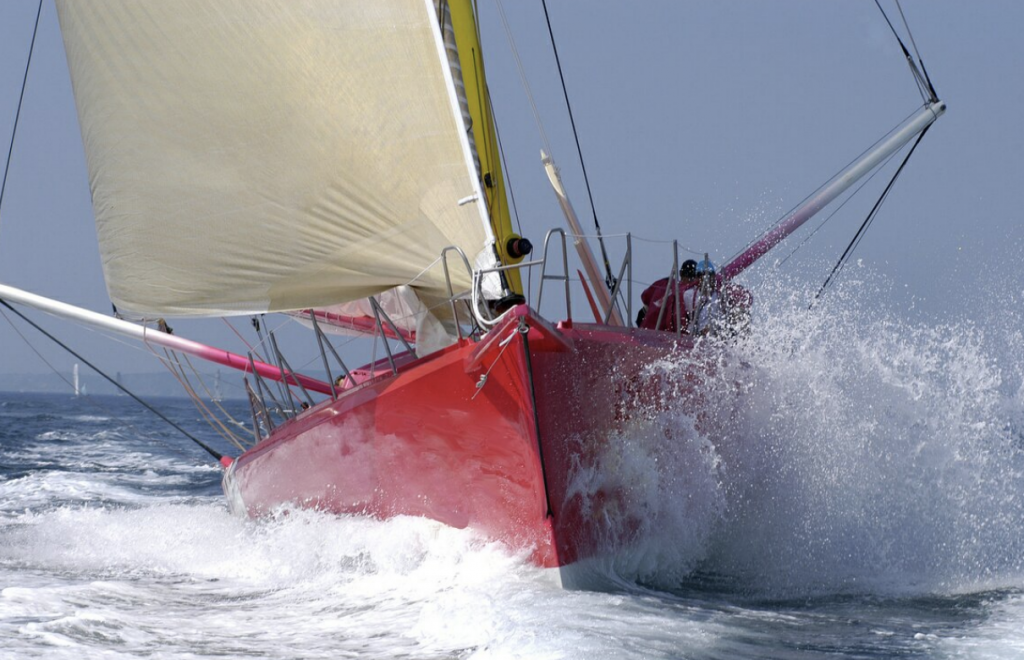
Delivering success
6 key features of a modern IT Operating Model
Placing the value to be delivered as the central focus – the “why”, your programme of IT Operating Model transformation follows a defined flow through 5 dependent elements:
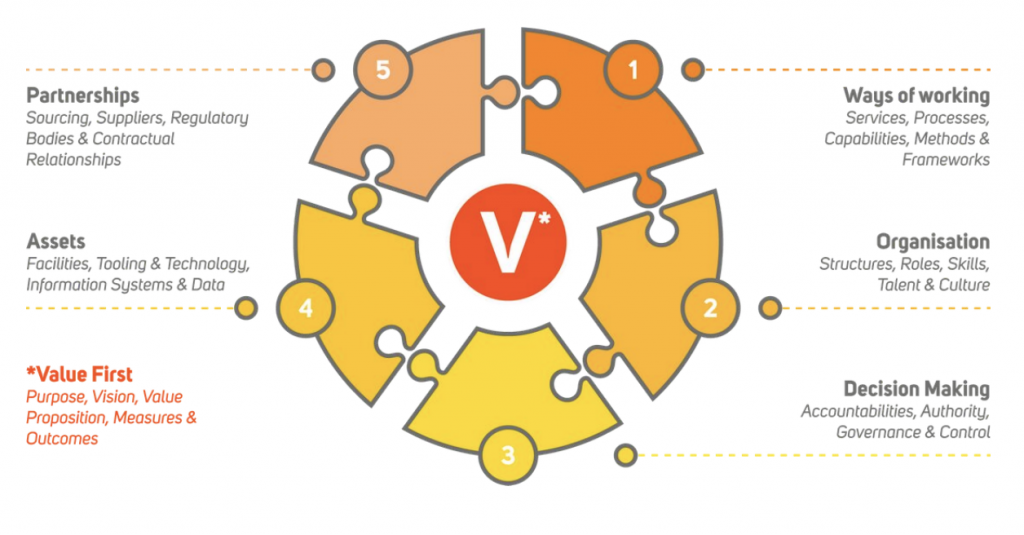
Success only comes when the model is put into practice, so underpinning each step of the transformation programme is the clarity of outcome that each decision taken and every new approach will result in. If you aren’t able or can’t operate with the implications of your design principles, you need to find other agreeable approaches.
When this comes into play as a transformation to be delivered, you can see how establishing the value to be achieved is the critical starting point and as progress is made, the impact of your underlying design principles are to be clarified and agreed upon.
How to orchestrate change
A model for sustained momentum
We developed this model as a best practice approach to successfully manage the change project. This not only underpins the engagement and commitment to the heavy lifting required to deliver an IT Operating Model transformation, but it also drives momentum into the utilization of the model, ensuring the maximum return for your organizational investment.
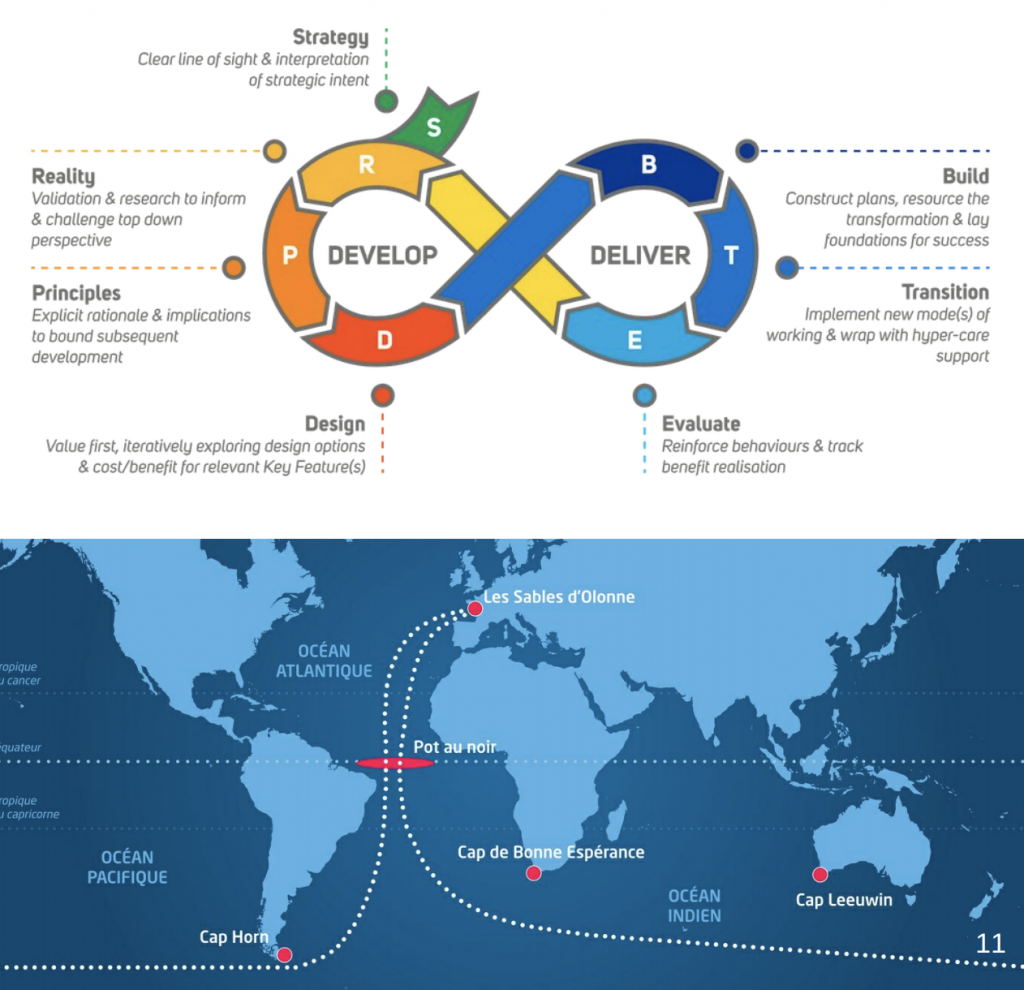
Long-term success
Continuing to build on the gains
Even before the 2020 Vendée Globe had finished, as their skippers raced across the oceans, teams we already utilizing the data gained from the race so far in conversations with shipyards to discuss planning for the 10th edition of the race in 2024.
“We already had requests for quotes before the finish and we feel that these are serious projects” ~Yann Dollo, Deputy General Manager of the CDK shipyard.
For you and your business, this new understanding and focus on the importance of optimizing your IT Operating Model to achieve your big value goals can’t be a one-off project, it must be a new way of working.
To this end, this transformation needs a continued critical assessment of your operations, not only to ensure that the new ways of working are following the intended design, but also to take into account future technology and inevitable changes in both the internal and external environment.
As the sailors in the Vendée race must do, always keep focused on the measurements of success, upcoming patterns and be ready to adjust where needed.
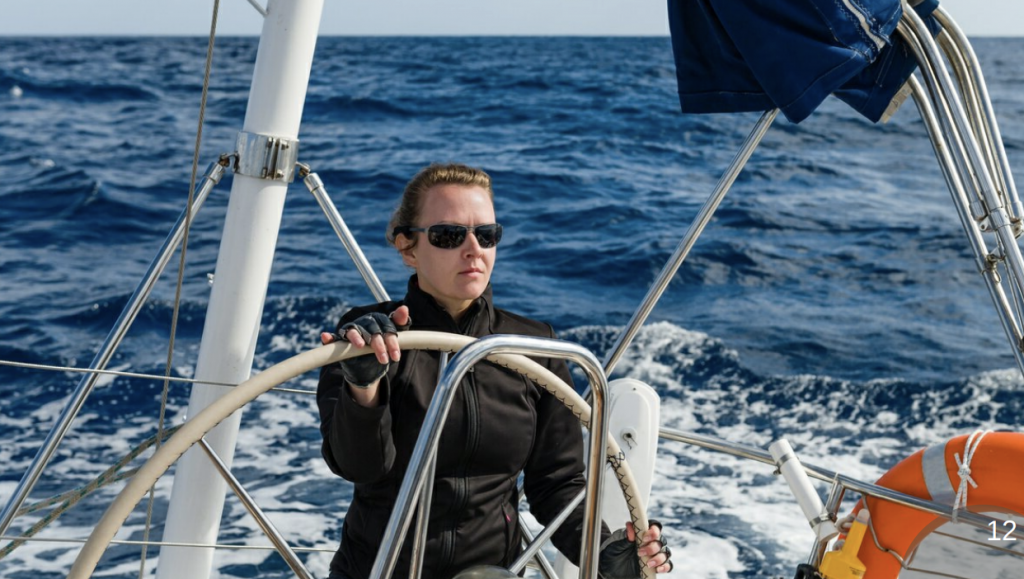
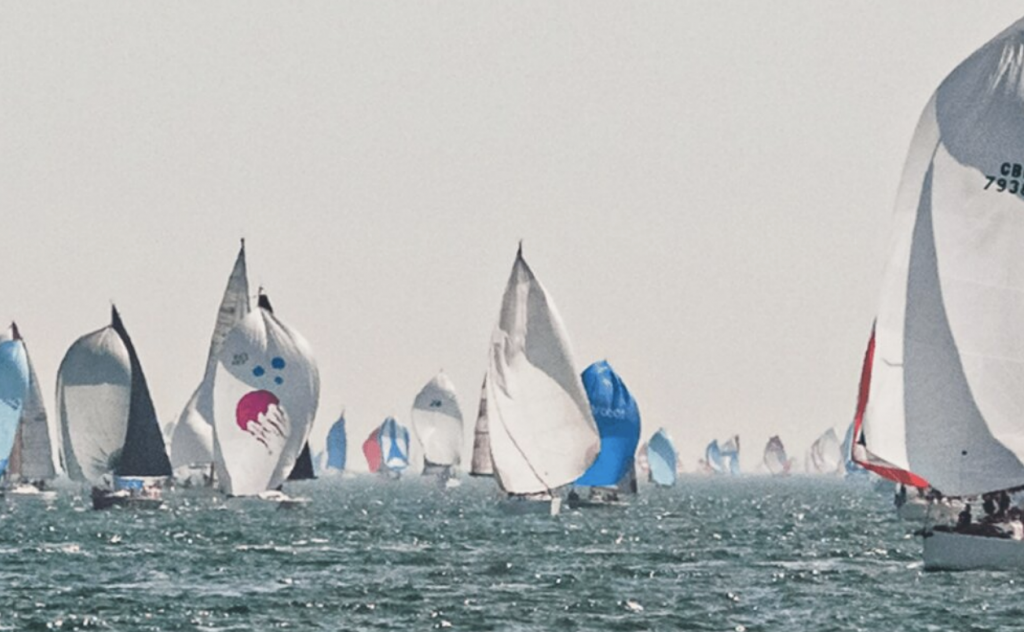
Why approach the start line?
Review the race you’ve run to see opportunity in change
Your organisation has been in it’s own race from the moment it was founded, with many successful and some not-so successful advances being made over time. To navigate the challenging and disruptive future you face, your next step is to critically evaluate how well your business is supported by your approach to IT.
Throughout the Vendée Globe race, sailors know that even when there is huge pressure on them to perform every moment, it’s also essential to log the good, the bad and the ugly of what’s gone well or not, so they can be better prepared for the next time they race.
After the 2020 race, Giancarlo Pedote, Skipper PRYSMIAN GROUP, explained the reality of racing while planning for the next in 2024.
“You have to find a solution – at sea you can’t avoid things you don’t like. When you push your limits like this the sea gives you the opportunity to grow. On land we can get out of our difficulties easily – but then you learn nothing. When you choose difficulty you learn and you grow and renew – that’s what pleases me.”
Our role
Planning for the future, while achieving today
This critical analysis of how effective your IT infrastructure has been at supporting your business as it has weathered storms and strived for goals, is what you need to do now.
Transforming IT’s role starts by facilitating your review, which is essential for your change journey. Every project we work on starts by helping our clients establish the gaps they are pushing against and the gains and huge leaps in improvement that could be achieved through an optimised IT Operating Model. That is the justification to invest in making changes.
Get in touch
Let’s talk about your journey
Mobile: +44 7768 980711
Email: adrian.wakefield@transformingit.co.uk
Web: www.transformingit.co.uk
Article by channel:
Everything you need to know about Digital Transformation
The best articles, news and events direct to your inbox
Read more articles tagged: Featured, Operating Model



